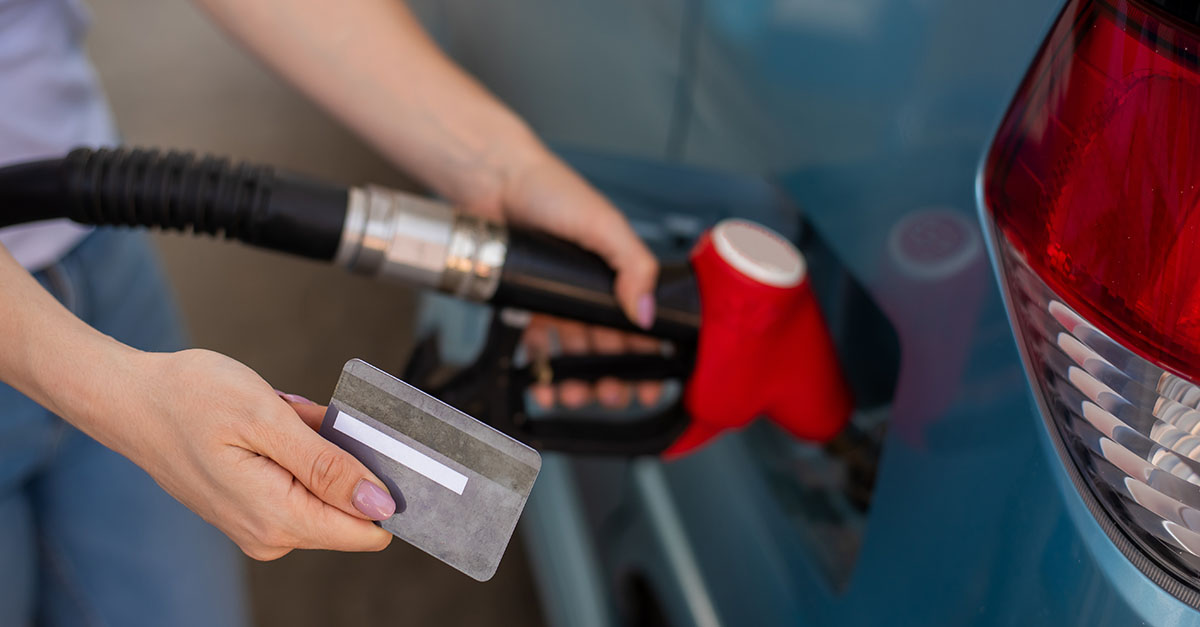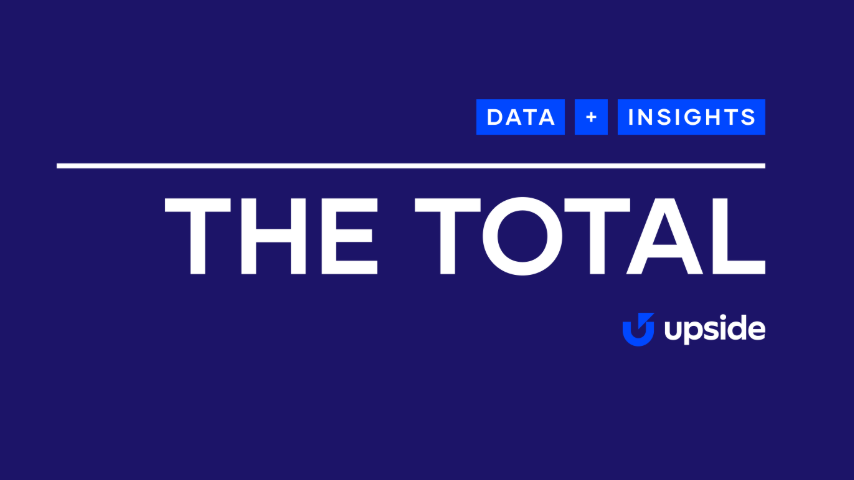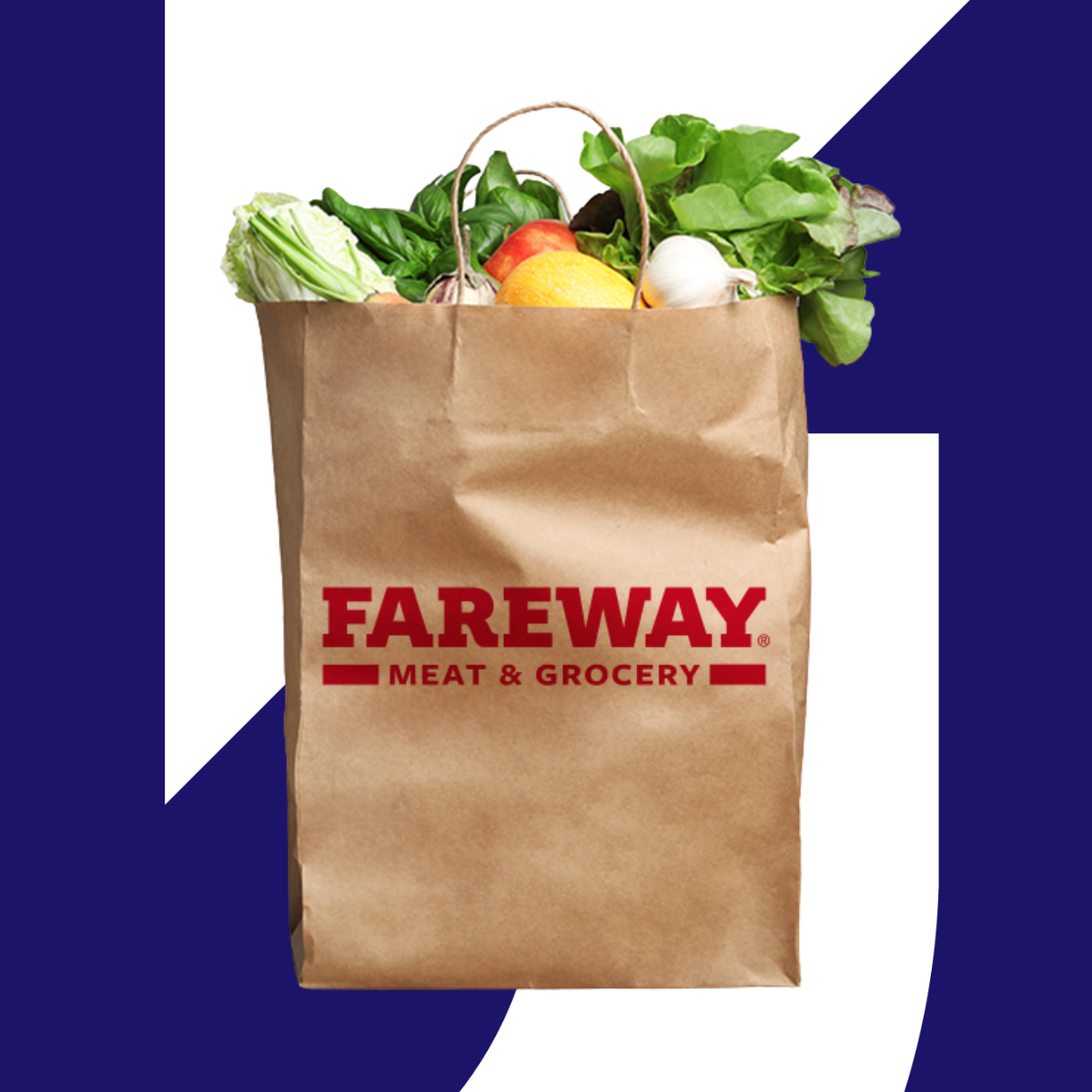Gas station marketing: Three strategies that drive measurable profit

The Upside Team
The fuel and convenience industries — like many others — face a growing challenge: acquisition costs continue to rise, while customer loyalty becomes more fragile. With consumers shopping across multiple stations each month, traditional marketing approaches may struggle to deliver measurable returns.
Many gas station businesses invest heavily in marketing channels that generate impressions and clicks, but struggle to prove which efforts actually drive incremental revenue. Without clear attribution, it's difficult to know which investments are working and which are taking credit for transactions that would have happened anyway.
The good news? Gas station marketing is evolving. Three proven approaches are helping fuel retailers cut through the noise, attract new customers, and fill more pumps profitably.
Understanding today's fuel customer
Before diving into effective marketing strategies, it's worth understanding what drives today's fuel consumers. Data shows that shoppers prioritize convenience and price above brand loyalty, with many consumers making last-minute decisions about where to fuel up while on the go.
This behavior creates both a challenge and an opportunity. While it's harder to build lasting loyalty, you have a window to influence decisions when consumers are actively choosing where to go. The key is reaching them at that critical moment: on their phones, while they're planning their routes.
Three gas station marketing strategies that work
1. Personalized promotions that protect your margin
Unlike traditional discounts that lower your sign price for every customer, personalized promotions deliver offers to individual consumers based on their shopping behavior. A frequent customer might receive a smaller incentive to return, while a new customer gets a larger promotion to try your station for the first time.
This approach solves a common problem with one-size-fits-all marketing: you're not overpaying to retain customers who would have visited anyway, and you're not under-investing in acquisition when you need to attract new shoppers.
The most effective personalized promotion programs are margin-bound, meaning offers dynamically adjust based on your available margin at any given time. This ensures every transaction remains profitable, even as you compete for new customers.
2. Digital marketplaces that extend your reach
Digital marketplaces connect your stations with millions of consumers who are actively deciding where to fuel up. Unlike traditional advertising that generates impressions without guaranteed outcomes, marketplace platforms deliver your offers to consumers at the exact moment they're making purchasing decisions. This allows you to connect with customers on a personal level.
The strongest marketplace programs offer exclusivity zones that keep competitor locations off the platform within your market area. This gives you a major competitive advantage, as consumers see your stations prominently while nearby competitors remain invisible on the app.
When evaluating marketplace opportunities, look for platforms that:
- Reach consumers through multiple partner apps, not just a single application.
- Prove attribution on every transaction so you know exactly what's incremental.
- Complement your existing loyalty or rewards program rather than competing with it.
- Use a profit-share cost structure so you only pay when you profit.
3. Pump-to-store conversion strategies
Your fuel business is important, but your highest-margin opportunities live inside the convenience store. Effective gas station marketing doesn't just drive more fuel transactions; it guides customers from the pump into your profit centers.
Retailers that implement targeted c-store promotions alongside fuel offers see significantly higher pump-to-store conversion rates. By presenting customers with relevant c-store offers while they're claiming fuel promotions, you create a compelling reason to come inside.
The data supports this approach: stations that promote both fuel and c-store together outperform fuel-only locations by nearly 40%. Your marketing strategy should account for the full customer journey, not just the transaction at the pump.
Learn how to drive more foot traffic to your gas station with Upside.
Measuring what matters in gas station marketing
The most sophisticated fuel retailers are moving beyond metrics like impressions and clicks. Instead, they're demanding proof of incremental profit: the additional revenue they earned specifically attributable to a specific program.
This requires robust measurement methodology that attributes transactions directly to specific marketing touchpoints. Look for programs that use test versus control analysis, comparing a user's behavior against similar non-users to isolate true incremental impact.
When you can measure incrementality accurately, you gain confidence in your marketing investments. You know exactly which programs are delivering profitable volume and which are taking credit for transactions that would have happened regardless.
How Upside helps fuel retailers drive measurable profit
Upside is a digital marketplace built specifically for brick-and-mortar retailers like fuel stations. Nearly 30% of fuel and convenience retailers nationwide use Upside to drive profitable volume on-site and increase customer visits to their c-stores.
Here's how it works for your business:
- Reach new customers at scale. Upside puts your stations on the phone screens of millions of consumers right when they're deciding where to fuel up. Your business reaches more than 35 million consumers through the Upside app and network of partner apps, with no advertising costs to you.
- Win with personalized promotions. Upside's personalization engine creates unique offers for each consumer based on their shopping behavior. New customers receive larger incentives to try your stations for the first time, while existing customers get right-sized offers that encourage return visits. Every promotion is bound by your available margin, so you always earn more than you spend.
- Protect your competitive advantage. Exclusivity zones keep up to 70% of your market competition off the Upside platform. When consumers open the app to find nearby stations, they see your locations prominently while competitors remain off the map.
- Drive pump-to-store conversion. Fuel retailers that launch Upside for c-store see a 60% increase in pump-to-store conversion and drive 21% new customers into the c-store within the first 60 days. Your customers receive relevant c-store offers that motivate them to come inside and visit your highest-margin profit centers.
- Boost your loyalty program. Upside works alongside your existing loyalty program, not against it. Upside users who are also loyalty members visit 2.6 times more often and spend 2.8 times more per visit. The platform also drives 10% organic conversion from Upside users into your loyalty program.
- Prove your return on investment. Your personalized Upside dashboard shows program results broken down by customer type, including incremental sales and profit delivered to your business. You see exactly which transactions are incremental and directly attributable to Upside — no guessing about what's working.
Upside uses a profit-share cost structure, which means you only pay when you earn proven incremental profit. There are no software integrations, no operational changes, and no maintenance required. You can launch in days and start seeing results immediately.
Ready to see how Upside can work for your fuel network? Request a demo to learn how fuel retailers are using Upside to drive new customers, increase c-store traffic, and grow profits without changing how they operate.
Frequently asked questions
What is the most effective marketing strategy for gas stations?
The most effective gas station marketing strategies combine personalized promotions with digital reach to attract new customers while protecting your margin. Personalized offers ensure you're not overpaying to retain existing customers while still investing enough to win new ones. Digital marketplaces extend your reach to millions of consumers at the moment they're deciding where to fuel up, without the costs of traditional gas station advertising.
How can gas stations attract more customers?
Gas stations can attract more customers by meeting them where they make purchasing decisions: on their mobile devices. Digital marketplace platforms put your stations in front of consumers actively looking for nearby fuel options, often with exclusive visibility that keeps competitors off the map. Pairing fuel promotions with c-store offers also increases the likelihood that customers will visit your location and spend more once they arrive.
How much should gas stations spend on marketing?
Rather than focusing on a fixed marketing budget, fuel retailers should evaluate marketing programs based on return on investment. The most efficient programs use a profit-share model where you only pay when you earn incremental profit. This approach eliminates risk and ensures every marketing dollar generates positive returns and customer satisfaction. Look for programs that prove attribution on every transaction so you can track exactly what you're earning.
Share this article:
The Upside team is made up of data scientists and industry experts who are passionate about delivering empowering content to our readers. With a focus on providing practical insights and meaningful perspectives, we create engaging materials across a wide range of topics. From exploring industry trends and offering expert analysis to sharing useful tips and inspiring ideas, our team works diligently to provide you with the information you need to thrive.
Request a demo
Request a demo of our platform with no obligation. Our team of industry experts will reach out to learn more about your unique business needs.









.png)





